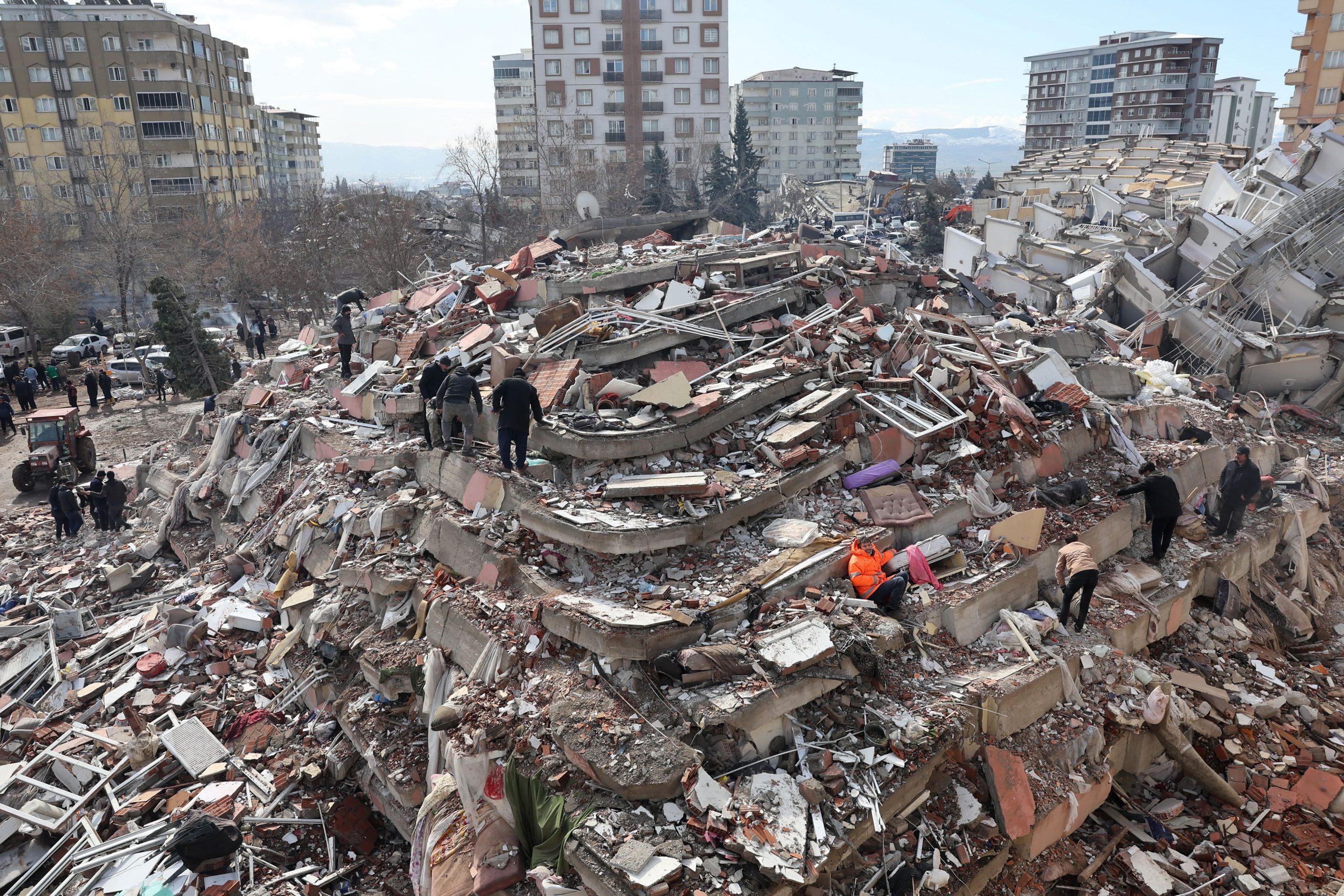Earthquakes are caused by the release of energy stored in the earth’s crust which creates seismic waves. They are usually caused by the movement of tectonic plates against each other or by the movement of magma through the crust. Earthquakes can cause tremendous damage and loss of life as well as landslides, tsunamis, and other secondary hazards.
The earliest recorded earthquake in Pakistan occurred in 819 A.D. and was centered in the Hazara region. Since then, there have been hundreds of earthquakes recorded in the region. Pakistan is located in a seismically active region known as the Himalayan Arc which is especially prone to earthquakes due to the amount of tectonic activity that occurs here.
The Himalayan Arc region is located on the Indian Plate which is a part of the Indo-Australian Plate and is bordered by the Eurasian Plate to the north. The Indian Plate moves northward into the Eurasian Plate at roughly 5cm/year causing the Eurasian Plate to become compressed and resulting in frequent earthquakes in this region.
Earthquake in Pakistan Essay
People can read the Earthquake in Pakistan Essay as well we have mentioned some important incidents which have occurred in Pakistan are written below.
- History of Earthquakes in Pakistan
Pakistan has experienced a number of devastating earthquakes in its history. The following are a few examples of the many destructive earthquakes in Pakistan which serve as a reminder of the impacts of powerful earthquakes and the importance of preparedness for such disasters:
- 31st May 1935 Quetta Earthquake Pakistan
On May 31, 1935, an earthquake of magnitude 7.7 occurred in Quetta, Balochistan, Pakistan. The epicenter of the quake was located about 15 kilometers south of Quetta. It killed between 30,000 to 60,000 people (no exact figures exist) making it one of the deadliest in South Asia’s history. This earthquake destroyed the city of Quetta and the surrounding countryside was also devastated.
- 28th November 1945 Balochistan Earthquake Pakistan
On November 28, 1945, an earthquake with a magnitude of 7.8 struck the Makran coast of Baluchistan Pakistan. The tsunami was generated by the earthquake and sent waves up to 25 feet high crashing into coastal areas killing at least 4,000 people and causing extensive damage along the coasts of Baluchistan and Sindh. The 1945 earthquake and tsunami remain one of the worst natural disasters in Pakistan’s history.
- October 8th, 2005 Kashmir Earthquake Pakistan
The most destructive and deadliest was the earthquake of October 8, 2005, in the Kashmir region. The magnitude of the earthquake was 7.6 on the Richter scale. The epicenter was located in the city of Muzaffarabad, killing over 75,000 people and leaving millions homeless.
The destruction caused by the earthquake was immense with entire villages completely leveled and infrastructure heavily damaged. In addition to the destruction and loss of life, the earthquake triggered numerous landslides and avalanches that caused further destruction.
- 21st March 2025 Earthquake Pakistan
Very recently, a massive 7.7 magnitude earthquake struck parts of Pakistan on March 21, 2025. The earthquake was felt in many cities, including Islamabad, Lahore, Peshawar, and Quetta. The people rushed out of their homes in a state of panic. The epicenter was registered 40 kilometers (24 miles) southeast of the Afghan to of Jurm. The earthquake tremors were also felt across Afghanistan, Tajikistan, Northern India, and other countries in the region as well.
- Earthquake Safety Instructions
- Secure Heavy Items: Secure items that may fall or cause injury during an earthquake by anchoring tall furniture, bookcases, and appliances to the wall.
- Identify Safe Areas: Make sure to identify safe places in each room of your home away from windows, large furniture, and appliances where you can go during an earthquake.
- Have an Emergency Kit: Have an emergency kit ready with supplies such as a flashlight, portable radio, batteries, a first aid kit, food and water, and any essential medications.
- Have an Evacuation Plan: Have an evacuation plan in place in case you need to leave your home. Make sure you know the safest routes and have a meeting place for you and your family.
- Stay Informed: Stay informed about the latest earthquake safety recommendations in your area by following updates from local officials, the Red Cross, and other reliable organizations.
- Know the Signs: Learn the signs of an impending earthquake and how to “Drop, Cover, and Hold On” when you feel shaking.
- Know the Emergency Numbers: Know all the contact numbers of the emergency management agencies in your area.
- Tips in Case of Structure Collapse: If you are trapped by falling items or a collapse, protect your mouth, nose, and eyes from dust. If you are bleeding, put pressure on the wound and elevate the injured part. Signal for help with your cell phone or knock loudly on solid pieces of the building three times every few minutes. Rescue personnel will be listening for such sounds.
- Check for injuries & Damage: Once you are safe, help and provide aid to the injured people and check for damage.

